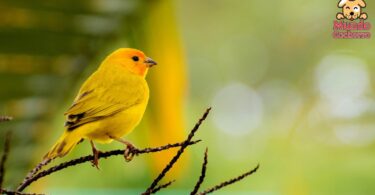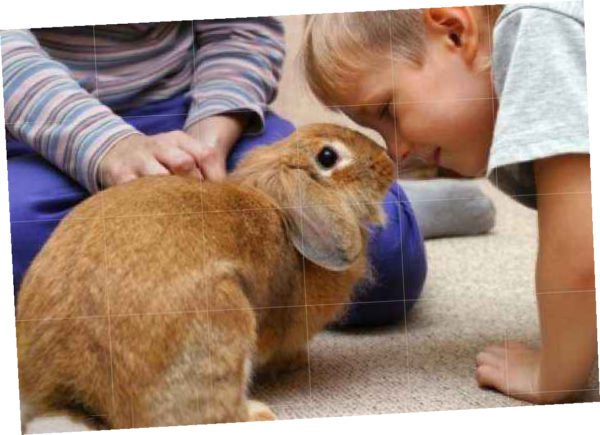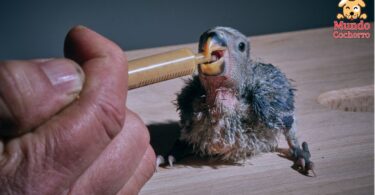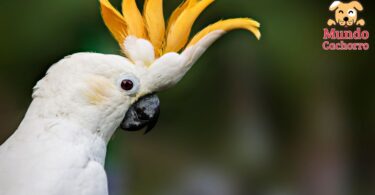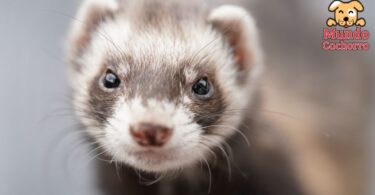The sugar petaur or simply petaur is a small marsupial mammal native to Australia, Indonesia and New Guinea. The size of this cute animal is similar to that of a gerbil. It is named for its predilection for sweet foods such as nectar, but its scientific name is Petaurus breviceps. This is a species that is gaining popularity as a pet, mainly because of the ease with which they adapt to captivity and because their care is simple.
Indice
In addition, the sugar petaur is characterized because it is capable of creating bonds with the person who takes care of it, besides being a friendly little animal. Their care is similar to that of rodents, but it should be noted that they will live more happily in groups, because they need social interaction. Another advantage of this species is that they are usually very clean and do not emit major odors. In addition, they tend to live for many years.
Care for the sugar petaur
Petaurs in their natural state feed on nectar, insects, fruits and small rodents. In captivity it can feed on plants and meat, as it is an omnivorous animal.
In captivity, a sugar petaur can live between 8 and 14 years. However, it needs the company of other beings of its species to live happily. If you decide to have just one, you will have to interact with it a lot and it will form close bonds with you. It is necessary to know that sometimes they get sick and die of loneliness.
A pair of petauros will need a cage of 60 x 60 x 90 centimeters, but if the space is larger, the better. Being an arboreal species, it will be better for them to have bars on which they can climb. The cage should have a nesting house, exercise wheel, ropes, ladders or platforms and toys. The cage must have a secure lock, because they can learn to open it.
Features
Petaurs have arboreal and nocturnal habits. This means that they carry out most of their activities during the night. However, when these animals are in captivity, their habits may change somewhat. In fact, they often enjoy daytime activities with their caregivers. For example, being in the pockets of the caregiver.
It is easy to differentiate males from females, because the latter have the marsupial pouch as an indentation in the middle of the abdomen.
Another fact to take into account is that as adults they tend to be very suspicious of strangers. This will make it quite difficult to tame an adult specimen of this species. But if you have a petaur from a very young age, it will quickly get used to people. It will only be necessary to have frequent contact with them from the moment they arrive home.
It should be remembered that marsupials have in common that they are born after a short gestation and migrate to the pouch where their mother shelters them for a certain period of time. In the case of petaurs, gestation lasts only 16 days. After that, the baby petaur remains in its mother’s pouch for two months. If they are separated during this period, the young will die and the mother will be harmed. In any case, it is recommended not to handle the hatchlings until they are out of the bag. And after that, do not separate them from their parents until they are about three months old.
One detail is that male petaurs actively participate in the care and feeding of the young, so it is not a good idea to separate them.


